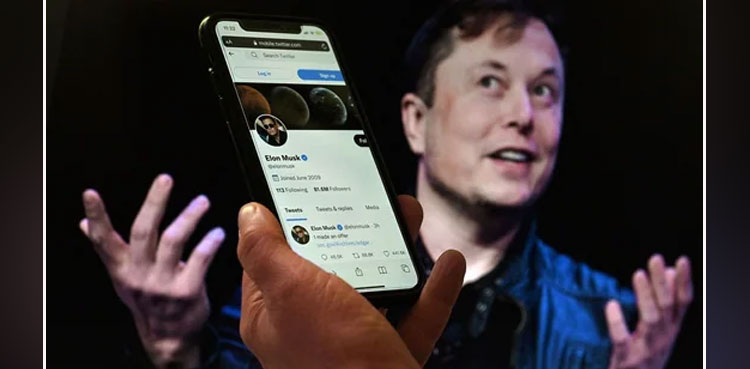
Elon Musk bought himself some time on Thursday after a judge accepted the billionaire’s request to halt a Twitter lawsuit to allow him to close his proposed $44 billion buyout of the social media company by Oct. 28.
Now comes the big question: how will he pay for it?
Musk said earlier this week he would buy Twitter for $54.20 per share, the price that was agreed upon in April, but included a condition that the closing of the deal is contingent on debt financing for the transaction coming through.
Tesla shares fell more than 6% on Friday, heading for their worst weekly drop since March 2020, as investors worry Musk may dump more shares after Tesla announces its quarterly earnings on Oct. 19.
WHAT IS HIS FINANCING PLAN?
Musk has pledged to provide $46.5 billion in equity and debt financing for the acquisition, which covers the $44 billion price tag and closing costs. Banks, including Morgan Stanley (MS.N) and Bank of America Corp (BAC.N), committed to providing $13 billion of debt financing to support the deal.
Experts say banks’ commitments to the deal are firm and tight, limiting their ability to walk away from the contract despite the prospect that they may face major losses.
Twitter on Thursday cited one of the banks as saying that Musk had not communicated to them that he intends to close the transaction. Musk said that banks were “working cooperatively to fund the close” on or around Oct. 28.
Musk’s $33.5 billion equity commitment would include his 9.6% Twitter stake, which is worth $4 billion, and the $7.1 billion he secured from equity investors, including Oracle Corp (ORCL.N) co-founder Larry Ellison and Saudi Prince Alwaleed bin Talal.
That leaves Musk needing to secure an additional $22.4 billion of funds to cover the equity financing portion of the deal.

Musk, 51, is the world’s richest person with a net worth of $219 billion according to Forbes, but a large portion of his fortune is tied to his stakes in Tesla and Space X.
According to a Reuters calculation, Elon Musk has about $20 billion of cash after selling down part of his Tesla stake through multiple transactions in November and December last year and April and August this year. This means he would need to raise an additional $2 billion to $3 billion, even if the other equity and debt commitments are honoured.
HOW CAN HE FILL THE EQUITY SHORTFALL?
He can either choose to sell down more of his stake in Tesla, or his stake in SpaceX. Other options include obtaining a loan from banks against the stocks or getting more investors to contribute equity.
If he hasn’t filed a prearranged sales plan under “Rule 10b5-1,” he can’t sell any Tesla stock now for weeks leading up to Oct 19, experts say.
“He’s kind of hamstrung. He’s kind of stuck where he is right now until after their earnings are announced,” Eric Talley, a professor at Columbia Law School, said.
In August, Musk said he does not plan to sell down his stake in Tesla any further, but the latest U-turn from Musk has revived concerns over whether he will sell more of the electric-vehicle maker’s stock to fund the deal.
Musk owned 465 million Tesla shares worth $111 billion following its 3-for-1 stock split, according to Reuters’ calculation. He has already borrowed heavily against a big portion of his Tesla stake.
DOES HE HAVE ENOUGH EQUITY INVESTORS?
Ellison is among a group of investors who have collectively promised to chip in $7.1 billion of financing for the deal. So far, no investors have publicly said they would back away from their commitments.
Also Read: Musk says Twitter has refused to suspend litigation on buyout
Musk raised the possibility in a Tweet that equity partners might not come through with backing when he explained why he needed to sell Tesla stocks in August.
@elonmusk are you done selling?
— Sawyer Merritt (@SawyerMerritt) August 10, 2022
from Science and Technology News - Latest science and technology news https://ift.tt/Ggdxyv0


0 Comments